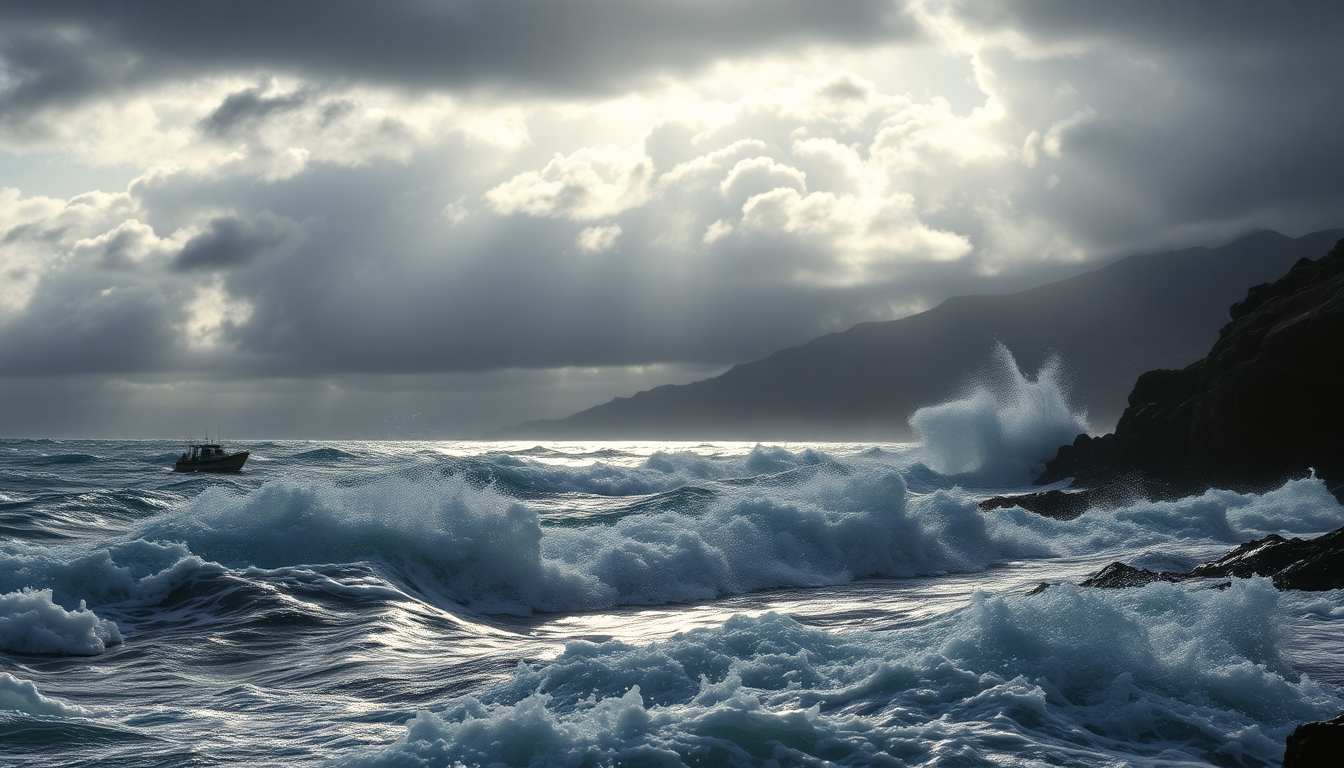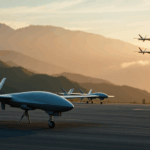Table of Contents
On a recent Tuesday evening, a massive earthquake, clocking in at 8.8 on the Richter scale, struck just off the eastern coast of Russia. This seismic event sent shockwaves throughout the Pacific region, triggering widespread tsunami warnings not only locally but also along the U.S.
West Coast, Hawaii, southern Alaska, and British Columbia. It’s a stark reminder of the hidden dangers lurking beneath our planet’s surface, isn’t it?
Aftermath of the Quake
The quake originated just east of Petropavlovsk in the Kamchatka Peninsula, and tsunami waves were soon spotted on Japan’s eastern coast.
Local authorities swiftly issued evacuation orders for coastal areas, urging residents to seek higher ground as a precaution. In Kamchatka, reports indicated that tsunami waves surged to heights of 10 to 13 feet, leading to injuries among residents, some of whom required medical assistance.
The regional health minister confirmed that injuries occurred, particularly as people hurried to evacuate.
In a government briefing, Kamchatka Governor Vladimir Solodov labeled this earthquake as the most significant tremor in decades, highlighting the real dangers of such natural disasters.
Thankfully, despite the quake’s severity, no fatalities were reported, and most buildings managed to withstand the seismic shocks. How incredible is it that we can improve our structures to resist these powerful forces?
Tsunami Warnings Across the Pacific
The impact of this earthquake reached far beyond Russia’s borders.
Tsunami warnings were quickly issued for Hawaii and parts of Alaska, alongside a tsunami advisory for British Columbia. The U.S. Tsunami Warning System indicated that waves exceeding 10 feet were possible on certain coastlines, including those of Japan, Hawaii, and even Chile.
Authorities in Japan braced for potential wave impacts, with residents in coastal towns advised to evacuate to safer locations. Can you imagine the tension in those moments?
As the situation unfolded, public safety messages emphasized the seriousness of the tsunami threat. U.S. President Donald Trump even tweeted a warning to residents in affected areas, urging them to stay alert. Meanwhile, local governors, including California’s Gavin Newsom, confirmed that emergency protocols were activated along the coast. It’s during these times that leadership and communication are critical, don’t you think?
Community Response and Future Precautions
In the aftermath of the earthquake, communities banded together to ensure the safety of their residents. Evacuations were organized, and emergency services sprang into action to assist those affected. Footage from Japan showed locals seeking refuge on rooftops and under makeshift shelters, showcasing the incredible resilience of communities in the face of nature’s fury. Isn’t it inspiring to see people unite in times of crisis?
As tsunami alarms blared across Japan’s Pacific coast, the public was urged to remain vigilant. The Japan Meteorological Agency forecasted potential tsunami waves of up to 10 feet, reinforcing the need for preparedness. The response to this earthquake has not only tested community readiness but also serves as a vital reminder of the ongoing need for disaster preparedness and public awareness regarding seismic activities. Have you ever considered how quickly things can change in a moment?
As we continue to monitor the aftermath of this natural disaster, it’s essential to understand geological phenomena and their potential impact on our lives and environments. Awareness and preparedness could make all the difference, don’t you agree?





